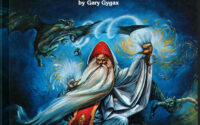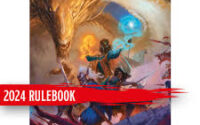Dungeons & Dragons Basic Rules Reference Guide
Dungeons & Dragons Basic Rule Book 1981 is probably my favorite rule book box set, this book set that and Advanced Rules 1981 from the second basic rule book set.
These books are the original launch of Dungeons & Dragons in 1981 after the development of the game in the 1970’s, these older books are a good reference to help you understand the harder rules in Advanced Dungeons & Dragons which came out a few years earlier in the 1970’s.
After this Dungeons & Dragons was more commercialized with better books and artwork and became the game that it is today.
So I’m going to run through a quick example of Dragon Adventures for Advanced Dungeons & Dragons on the Basic Set from 1981 to help you understand the game.
I’m going to make up an example out of the rule book to help you understand the dice in Dungeons & Dragons which is now available on Google App at google.com if you search for D20.
Since Google now has an open source D20 Dice Roller we can just switch to that from the dice since Dragon Adventures is played mostly using your laptop or tablet.
Follow along on the module on your laptop and then load the D20 Google App on to your smartphone beside the computer and use that to roll the dice for your results using the laptop as the game module and the smart phone app as the dice.
Now that Google has adopted D20 on the Dice Rolling App and Hasbro has printed my version of the game using my rule book on their rule set which is an open source gaming community that is enough for me to print and sell Dragon Adventures on D20 using any version of their game as reference books for Dragon Adventures.
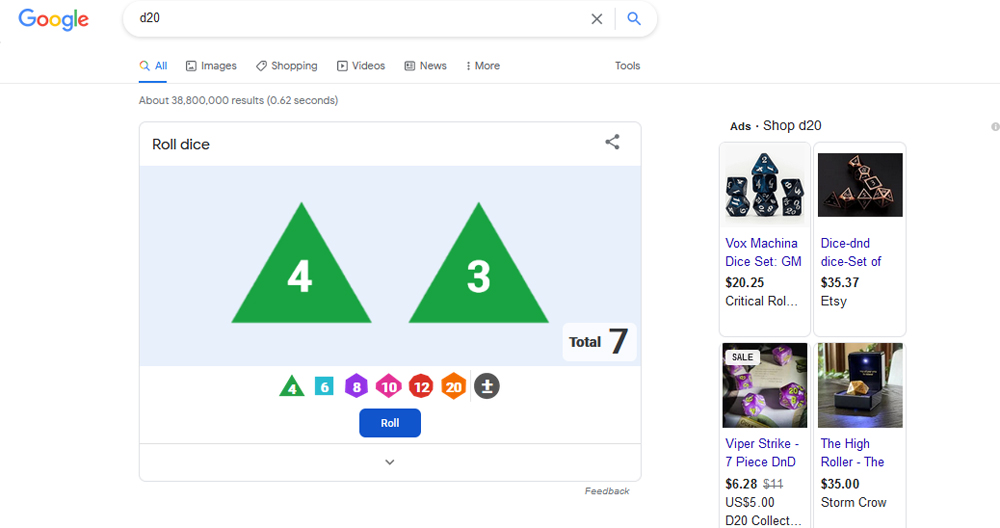
First a quick run through of the dice on basic.
To play Dragon Adventures you really need to understand the dice, you can familiarize yourself with the dice set by starting with the lowest dice and practicing with that, which is the 4 sided dice, that is the lowest dice in the set.
Now you need to understand ratio, the easiest way to learn ratio in Dragon Adventures is to practice with three 4 sided dice.
Use two for your attack roll and one to practice defending in combat in the game.
So you get two 4 sided dice and your opponent gets one…now roll these numbers against each other and write down the results.
If you do that enough times you will see that you win most of the time over a bunch of rolls for two dice to one, that means your attack is twice as strong as your opponent in the game.
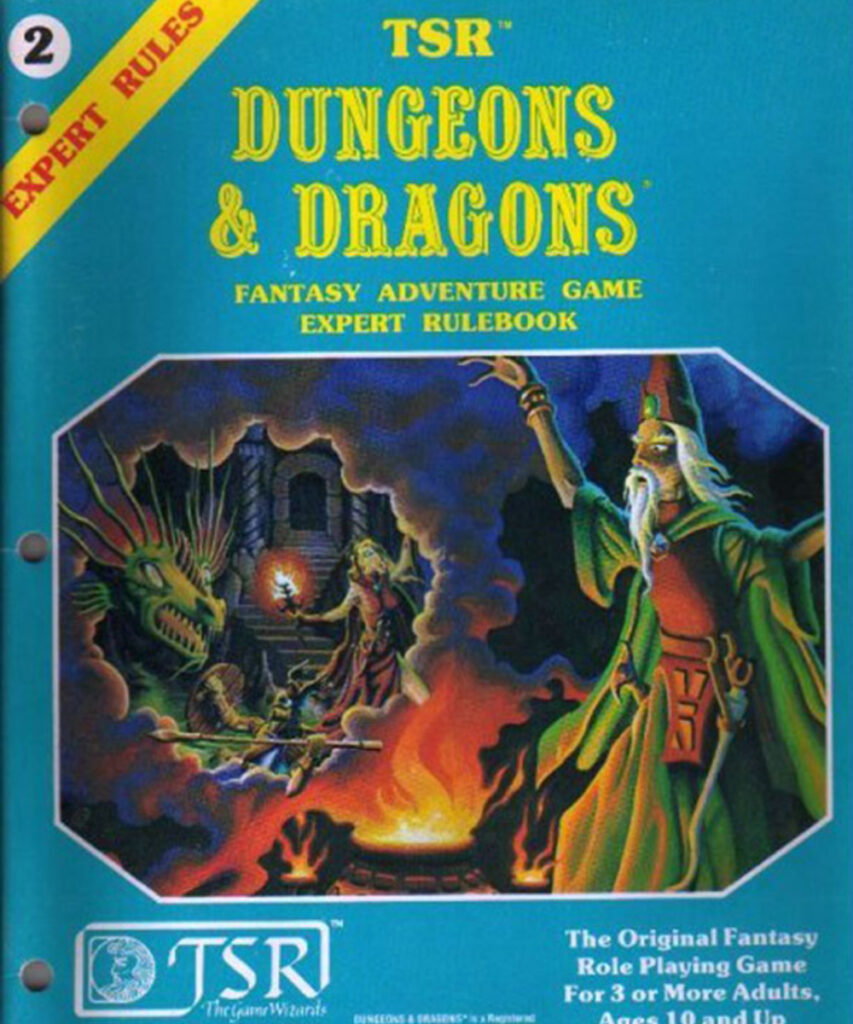
The ratio is 2:1 – They mean Two Dice for you and One Dice for your opponent….that is a two to one ratio written as 2:1 .
If your have two 4 sided dice against them with one four sided dice that means you have a two to one advantage and you can see easily on the example that 2 four sided dice will beat one four sided dice most of the time.
Here is the example for basic, this is not the actual rule from Dungeons & Dragons this is just an example using of using the dice to play basic rules on Dragon Adventures.
So I am making up the numbers and will balance the characters using a Human Fighter vs. a Human Magic User.
Like this:
The Fighter uses Two 4 Sided Dice to fight and the Magic User One.
The Fighter had a sword, shield and plate mail armor.
The Magic User has a wooden staff, spell book and a knife.
Automatically, in non magical combat the Magic User is outmatched two to one on the table.
That is in direct weapons combat only, the Magic User will be defeated in the example 2:1 times using 4 sided dice.
HOWEVER
The magic user has spells, the main spell of the Magic User in Dungeons & Dragons is the Magic Missile, this is a great weapon over a sword in the game because you can stand back to hit and get hit less times…so in that scenario that is now accounted for the Magic User standing back with his weapon over the sword.
By doing that the Magic User get a Positive Bonus on his armor class because he stands back making him slightly harder to hit than a 2:1 ratio on the dice because after the roll the Magic User has to account for his Defense Adjustment which means he might not always lose the 2:1 ratio.
The Magic User also has a magic shield around him which also increases his armor class.
That is one of the main rules people misunderstand about Dungeons & Dragons, on my Google D20 Open Source Dice Roller App the 7 rolled above with two dice against the magic user who may roll a 2 will get a defense adjustment to balance him with his magic to help him defend off the attack from the second dice.
This brings the Magic User up closer to a 1:1 ratio with the Fighter by using Magic to increase his defenses to give him an equal armor class as the Fighter for when he is outnumbered by an opponent attacking with more dice than him.
So after they roll the Fighter gets 7 and let’s say the Magic User gets a 3 but has a +6 defense adjustment for his Magic Missile and Magic Armor he will successfully defend off the attack.
Practice rolling with 4 sided dice and balancing the characters in that manner using basic rules to help learn what will happen in Dragon Adventures.
Play Dragon Adventures Here:
